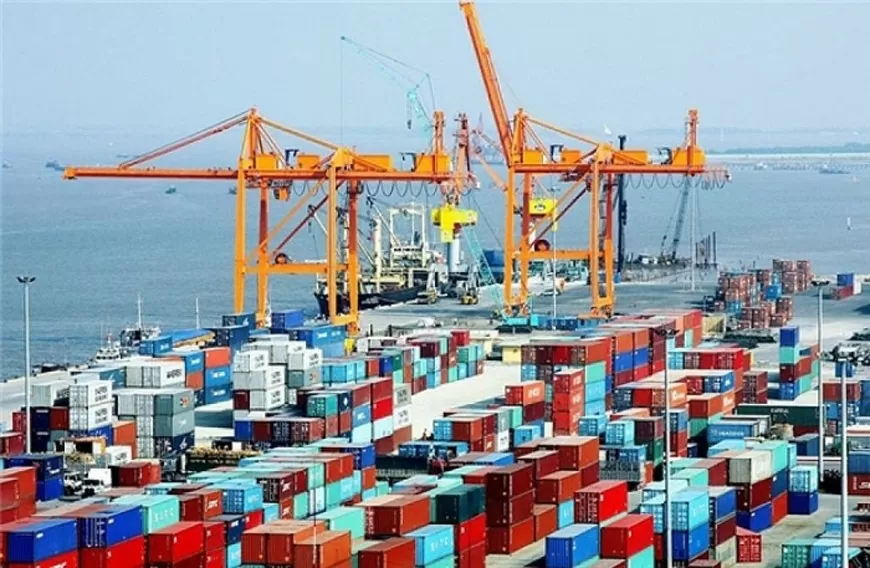According to statistics from the General Department of Vietnam Customs, in August 2024, the export turnover of Vietnamese goods to the Japanese market reached over $2.27 billion, a decrease of 1.6% compared to the previous month. In the first eight months of 2024, the cumulative turnover reached $16.01 billion, up 4.8% compared to the same period last year.
With a population of over 126 million, Japan is a market with significant import and consumption demands for products such as fish and fish products, shrimp, eel, meat and meat products, soybeans, cereal products, fresh and processed fruits and vegetables, and coffee…
Meanwhile, Vietnam is recognized as a country that excels in the aforementioned commodities and is well-equipped to supply the Japanese market.

Vietnam’s export turnover to the Japanese market reached over $16 billion. Photo: Minh An
In August, textiles and garments topped Vietnam’s export turnover to Japan, reaching $453 million, up 7.3% year-on-year. This was followed by means of transport and spare parts, which amounted to nearly $278 million, a 7.9% increase compared to the previous year. The group of machinery, equipment, tools, and spare parts came in third, reaching $250.6 million, up 12.1% year-on-year.
In the first eight months of 2024, the turnover of textiles and garments exports reached $2.74 billion, a 6.6% increase compared to the same period last year, accounting for 17.1% of total exports. This was followed by means of transport and spare parts, which reached $1.95 billion, a 3.2% increase, accounting for 12.1% of total exports. The group of machinery, equipment, tools, and spare parts came in third, reaching $1.76 billion, accounting for 11% of total exports.
Additionally, several commodities achieved export turnover growth in the first eight months of 2024 compared to the same period last year: Computers, electronic products, and components increased by 36.5%; coffee by 41.1%; fertilizers by 350.1%; and glass and glass products by 73.3%.
Highly valuing the trade and investment potential between Vietnam and Japan, especially regarding agricultural and food products, experts from Japan affirm that Vietnamese agricultural and food products are increasingly well-received by Japanese consumers.
Japan is a promising export market for Vietnam due to the tariff advantages conferred by the four free trade agreements (FTAs) between the two countries (VJEPA, AJCEP, CPTPP, and RCEP). However, Vietnam’s export turnover to Japan remains modest, accounting for only 6.6% of Vietnam’s total export turnover to the world in 2023.
From Japan’s perspective, Vietnam ranks 8th among its largest sources of imports. Nonetheless, imports from Vietnam only account for 3.3% of Japan’s total import value (according to 2023 data from ITC Trademap). This indicates that there is still considerable potential and room for growth in Vietnam’s exports to the Japanese market.
“Unveiling the Secrets of a High-Tech Project: A Proposal for a Revolutionary Approach”
The Ministry of Planning and Investment has proposed a special investment procedure for high-tech projects, with a swift 15-day approval process. This bold move aims to foster innovation and attract cutting-edge technology ventures to the country. By streamlining the investment process, the Ministry seeks to create a dynamic and conducive environment for high-tech enterprises, accelerating their growth and contribution to Vietnam’s economic development.
The International Food and Beverage Ingredients Exhibition
The food and beverage (F&B) industry in Vietnam is a key driver of economic growth and food security in the country, and the F&B ingredients sector plays a pivotal role in this success story. With an impressive average annual growth rate of 10-12%, the F&B ingredients industry has become a powerhouse, fueling not just the economy but also ensuring that Vietnam’s food security needs are met.


















